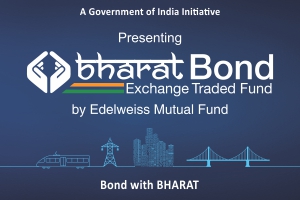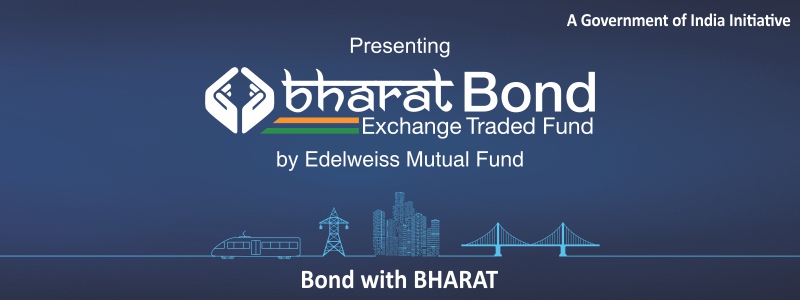
As the year comes to an end, we at Edelweiss Asset Management want to make sure that we end it on a high! As some of you may already know, Edelweiss AMC won the mandate earlier this year, from the Government of India (GOI) to manage an Exchange Traded Fund (ETF) which will invest in bonds of public sector companies. The approval from the Union Cabinet came only last week as shared in a press conference by the Honorable Finance Minister. In the past too, the GOI has successfully used the ETF route to divest its stake in CPSEs, and this ETF is intended to channelize bond issuance.
We all know, and this has been increasingly evident and highlighted over the last year, that the corporate bond market is still nascent. Participation in the bond market is mostly dominated by institutional investors, with negligible individual investor participation because of difficulty to access, low liquidity, and limited awareness. The concerns around credit over the last year, have added to this hesitation, and as a result, participation is dominated by fixed deposits. We do believe Bond ETFs can play an important role by bringing high quality borrowers and investors together, thus deepening retail participation in the Corporate Bond Market.
What is a Bond ETF and why does it matter to an investor? Bond ETFs, as the name suggests, are passive funds which are traded on the exchange throughout the day and invest in bonds just like conventional Bond Mutual Funds. Their cost is significantly low compared to active managed debt funds with expense ratios as low as 0.0005% for Bharat Bond ETF. Like Equity ETFs, these Bond ETFs closely track an index allowing investors to buy or sell as needed.
The Bharat Bond ETF being launched by Edelweiss AMC, is a defined maturity ETF, a unique structure created to give investors predictable returns that they seek in the fixed income. It will invest in AAA rated public sector bonds, with two options – a 3 year & 10 year maturity (April 2023 and April 2030). Both options will hold bonds maturing on or before the defined maturity date, giving investors the comfort that if they hold till maturity, they should get a yield close to the one indicated by the index at the outset. This help address the interest rate risk for maturity holding investors.
Furthermore, since Bharat Bond ETF will only invests in bonds of CPSEs/ CPSU/ PFI and other government owned entities, credit risk is relatively minimal, an important part of fixed income investing. Finally, the ETF structure lends the benefit of low cost, transparency because of the index (with daily values and holdings declared on the website), and tax efficiency (because of the benefit of capital gains with indexation over 3 years). The ETF structure also ensures adequate liquidity as being traded on exchange and even market makers are appointed to inject additional layer of liquidity.
Globally, debt ETFs have been very popular, actually attracting more money than equity ETFs last year. With the launch of the NFO on December 12 to December 20, 2019, we look forward to terrific retail participation in this important initiative from GOI. We are also delighted and feel proud to be the AMC bringing this to the markets. For more information or questions – please consult your financial advisor, or touch base with know more about Bharat Bond ETF by visiting www.bharatbond.in
Happy investing.
Regards,
Radhika
Trending Articles
MUTUAL FUND INVESTMENTS ARE SUBJECT TO MARKET RISKS, READ ALL SCHEME RELATED DOCUMENTS CAREFULLY.















